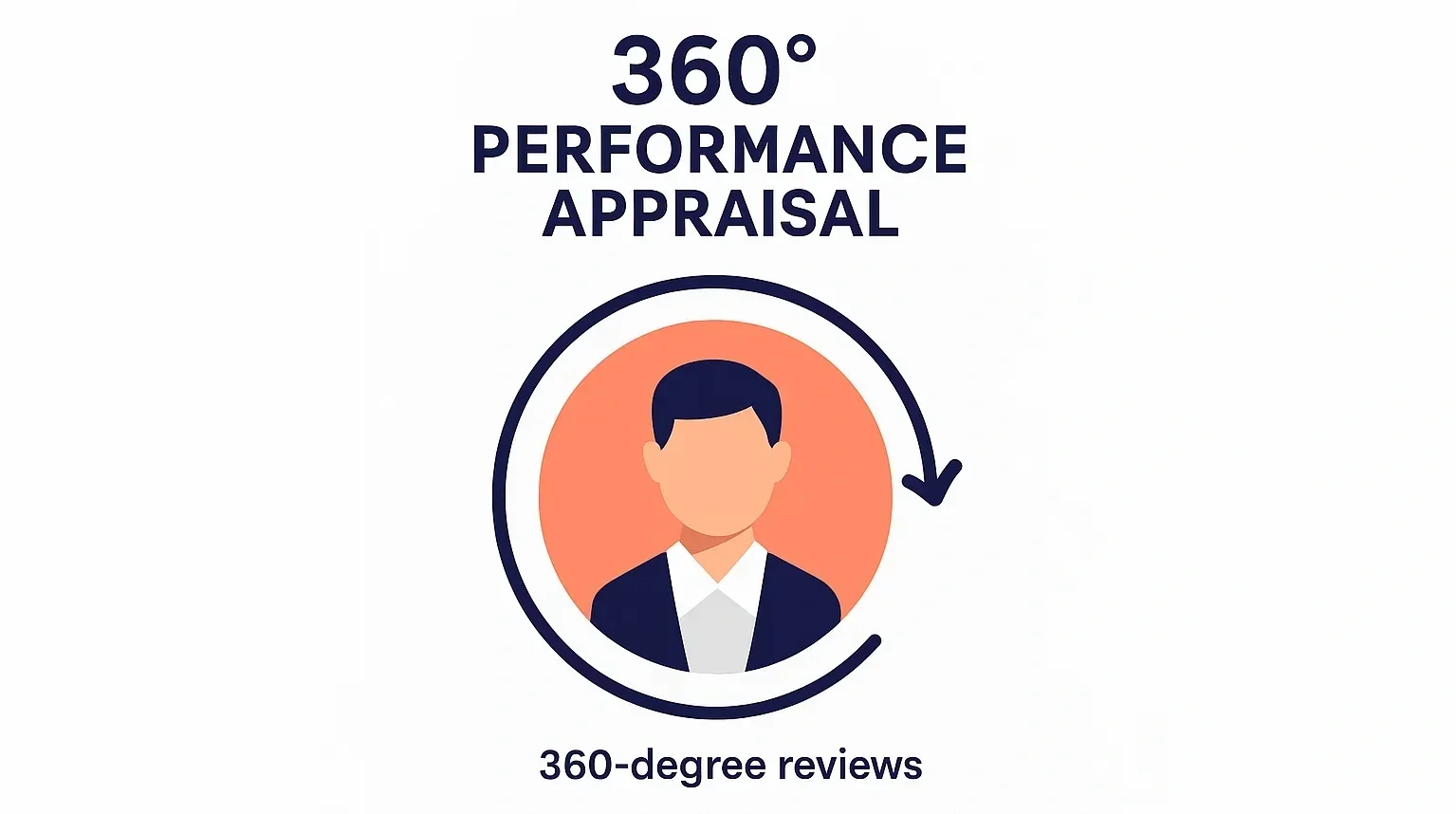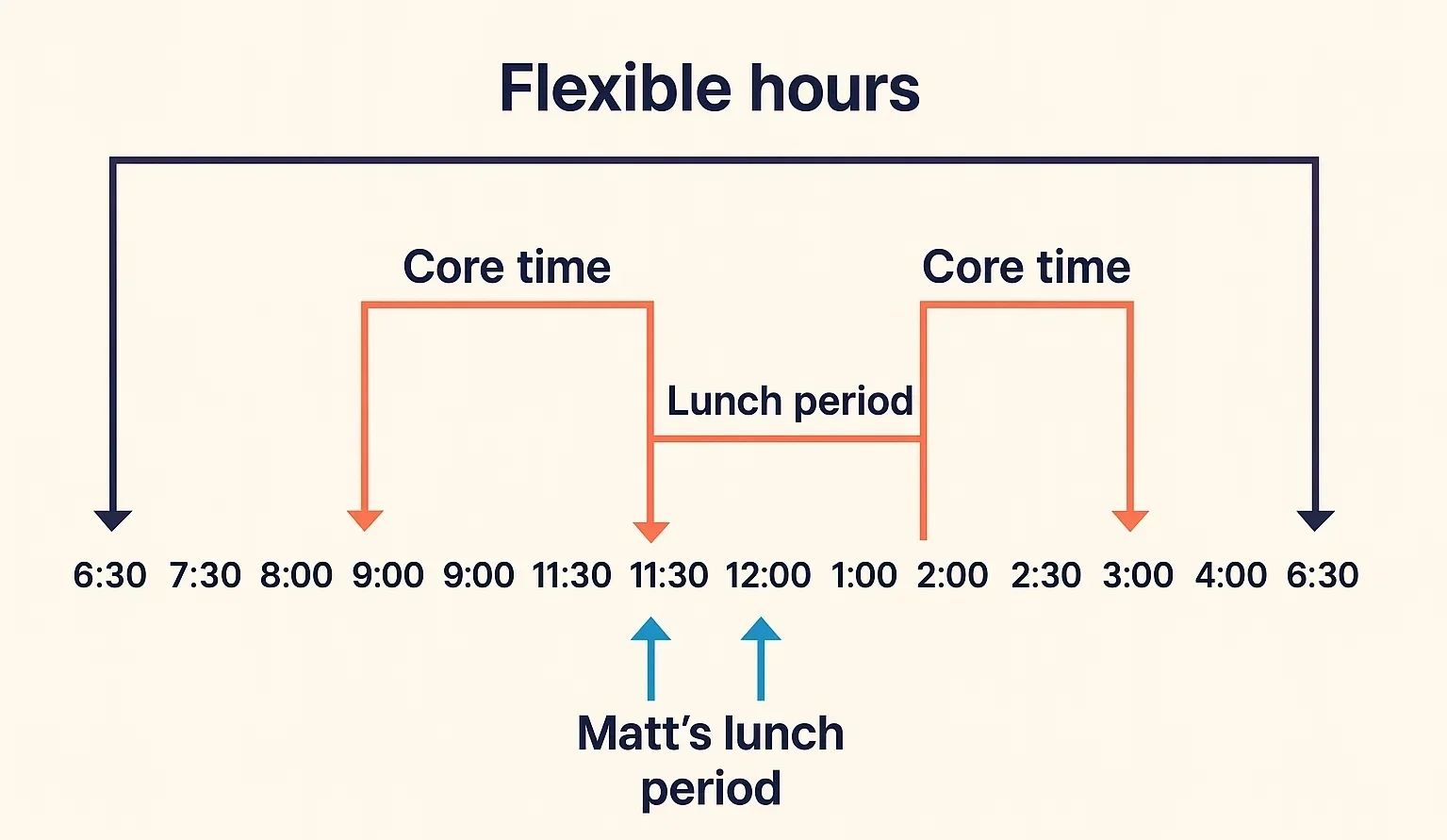Finding and Keeping the Best Employees
Working with People Is Just the Beginning
HRM = process of determining HR needs, then recruiting, selecting, developing, motivating, evaluating, compensating, and scheduling employees to achieve organizational goals.
The role has grown due to:
Employees recognized as the ultimate resource.
Changes in law that rewrote workplace practices.
Laws Affecting Human Resource Management
Civil Rights Act of 1964 (Title VII): Prohibits discrimination in hiring, firing, compensation, training, terms, or conditions of employment based on race, religion, creed, sex, national origin, age, sexual orientation, gender identity.
Equal Employment Opportunity Act (1972): strengthened the Equal Employment Opportunity Commission (EEOC) by giving it broad powers.
•Right to issue workplace guidelines for acceptable employer conduct
•Can mandate specific recordkeeping procedures
•The power of enforcement for its mandates
•Enforces affirmative action — Employment activities designed to “right past wrongs” by increasing opportunities for people of color and women
Americans with Disabilities Act (1990, 2008 amendments, 2011 rules): Equal consideration, reasonable accommodations, expanded coverage.
•Requires employers to give applicants with physical or mental disabilities the same consideration for employment as people without disabilities
•Passage in 2008 of Americans with Disabilities Amendments Act expanded protection
•2011 saw regulations that widen the range of disabilities covered by the ADA and shift the burden of proof of disability from employees to employers
Age Discrimination in Employment Act (ADEA): Protects workers 40+ from discrimination in hiring, promotion, layoff, compensation, benefits, training.
Civil Rights Act of 1991: Allowed punitive damages (no cap) and gave “teeth” to earlier acts.
Effects of legislation: Employers must know and follow the law; impacts all areas of HRM; laws keep evolving.
Determining a Firm’s Human Resource Needs
Prepare HR inventory (ages, names, capabilities, skills).
Conduct job analysis.
Job description: objectives, duties, responsibilities, conditions.
Job specifications: minimum qualifications, education, experience.
Assess future HR demand.
Assess future labor supply.
Establish a strategic plan.
Recruiting Employees from a Diverse Population
Recruitment = set of activities to obtain right people, right time.
Sources: internal (promotions, referrals), external (walk-ins, online sites like Indeed/LinkedIn, colleges).
Small businesses rely heavily on web recruiting.
Benefits of a diverse workforce: wider perspectives, cultural understanding, innovation.
Selecting Employees Who Will Be Productive
Selection process steps:
1. Obtaining complete application forms
2. Conducting initial and follow-up interviews
3. Giving employment tests
4. Conducting background investigations
5. Obtaining results from physical exams (when job-related, ADA-compliant)
6. Establishing trial (probationary) periods
Contingent workers: part-time, seasonal, temporary, contractors, interns.
Pros/cons of contingent workers: flexible and low-cost, but fewer benefits and lower loyalty.
Ethical concern: unpaid internships (training vs. free labor).
Training and Developing Employees
Training = short-term skills; Development = long-term abilities.
3 steps: assess needs, design training, evaluate effectiveness.
Methods: orientation, on-the-job, apprenticeships, off-the-job/online, vestibule training, job simulation.
Management development: coaching, understudy, job rotation, off-the-job courses.
Most employees quit due to management issues (lack of recognition, poor advancement, low pay).
Managers need soft skills: communication, empathy, time management.
Appraising Employee Performance
Performance appraisal = evaluation against standards for promotion, compensation, training, termination.
Tools:
360-degree reviews.
Continuous performance reviews.
Six steps: set standards, communicate, evaluate, discuss, take corrective action, and use results for decisions.
Purpose: improve performance, identify training needs, recognize achievement, and support promotions/raises or termination.
Compensating Employees: Attracting and Keeping the Best
Compensation = major tool to attract, motivate, and retain employees.
Goals: attract talent, boost productivity, retain employees, stay competitive, ensure financial security.
Pay systems:
Salary (fixed annual).
Hourly wage.
Piecework.
Commission.
Bonuses, stock options.
Fringe benefits: sick/vacation pay, pensions, health plans, daycare, student loan payment.
Grew from 2% of payroll (1929) to 30%+ today.
Cafeteria-style plans let employees choose.
“Soft benefits”: on-site meals, haircuts, doggie daycare.
Scheduling Employees
Flextime: employees choose hours but must work during core times.
Compressed workweek: full hours in fewer days (e.g., 4x10).
On-call scheduling: short notice changes.
Home-based work (telecommuting): flexibility for employees; reduces absences, saves employer costs; requires self-discipline.
Job sharing: two employees share one role.
Moving Employees Up, Over, and Out
Promotions, transfers, or terminations depending on company needs and performance.
Layoffs and firings influenced by economy and legal protections.



